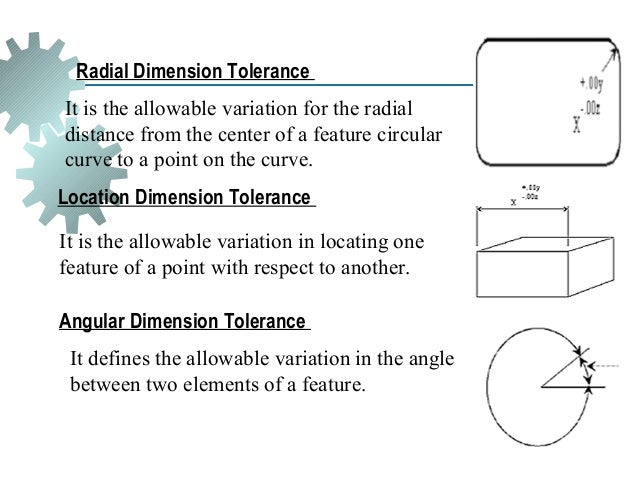Hello, Mr Anders.
This is all very well, but one need only go and visit Saturn to see how accurately the game depicts ring systems.
In real life, it's apparently mostly ice particles, with occasional moonlets here and there.
In ED, it's chock-full of ice asteroids.
In real life, it's a complex three-dimensional structure, with spokes and corrugations that rise and fall kilometres from the orbital plane and moonlets drawing all manner of swirly patterns through it.
In ED, it's as flat as a pancake, with no such complexity.
ED's version of Saturn's rings doesn't seem to be factually accurate.
FD have used their artistic license and the game is all the better for it.
A little more inaccuracy for gameplay's sake really won't hurt.
I have to assume you didn't notice but nowhere in my post do I actually say that any aspect of the game is 'factually accurate'. I did say that Ant would have a far better idea than any of us what factually accurate would look like but that's all. That was deliberate. (I'm not getting into whether your own claim is factually accurate just because it has no real relevance to the issue at hand anyway.)
Of course there have to be some compromises because this is after all a game. I've actually been quite vocal about the fact that in a game, there are times when gameplay needs to trump 'accuracy'.
However you could make the asteroid fields 5km deep and if OP's desire is to have epic fights zooming around in them it won't work for the same reason it doesn't work now and it has nothing to do with the accuracy or otherwise of the depth of the rings.
Think about what happens in a res site. Most of the miners spawn outside the asteroid field and fly into it. A few spawn in stationary positions within the field. The pirates generally spawn outside the ring and fly into it. I've always assumed that in both cases this is because spawning anything that is moving directly into the asteroid belt is asking for trouble in terms of collision detection.
Some NPCs miners get attacked by pirates as they are flying into the rings. Some get attacked by pirates in the ring and if they're getting walloped their default behaviour is to try to escape; that means waking out and in order to do that they try to fly out of the ring. Either they make it or they don't but even if they get blown up before they exit the ring, they have drawn the enemy closer to the edge of it. They're now much more likely to find new targets as they are on their way into the ring and attack them there.
That's why after 30 minutes in a res site, virtually all the fighting is happening a kilometre above it.
Last edited:


